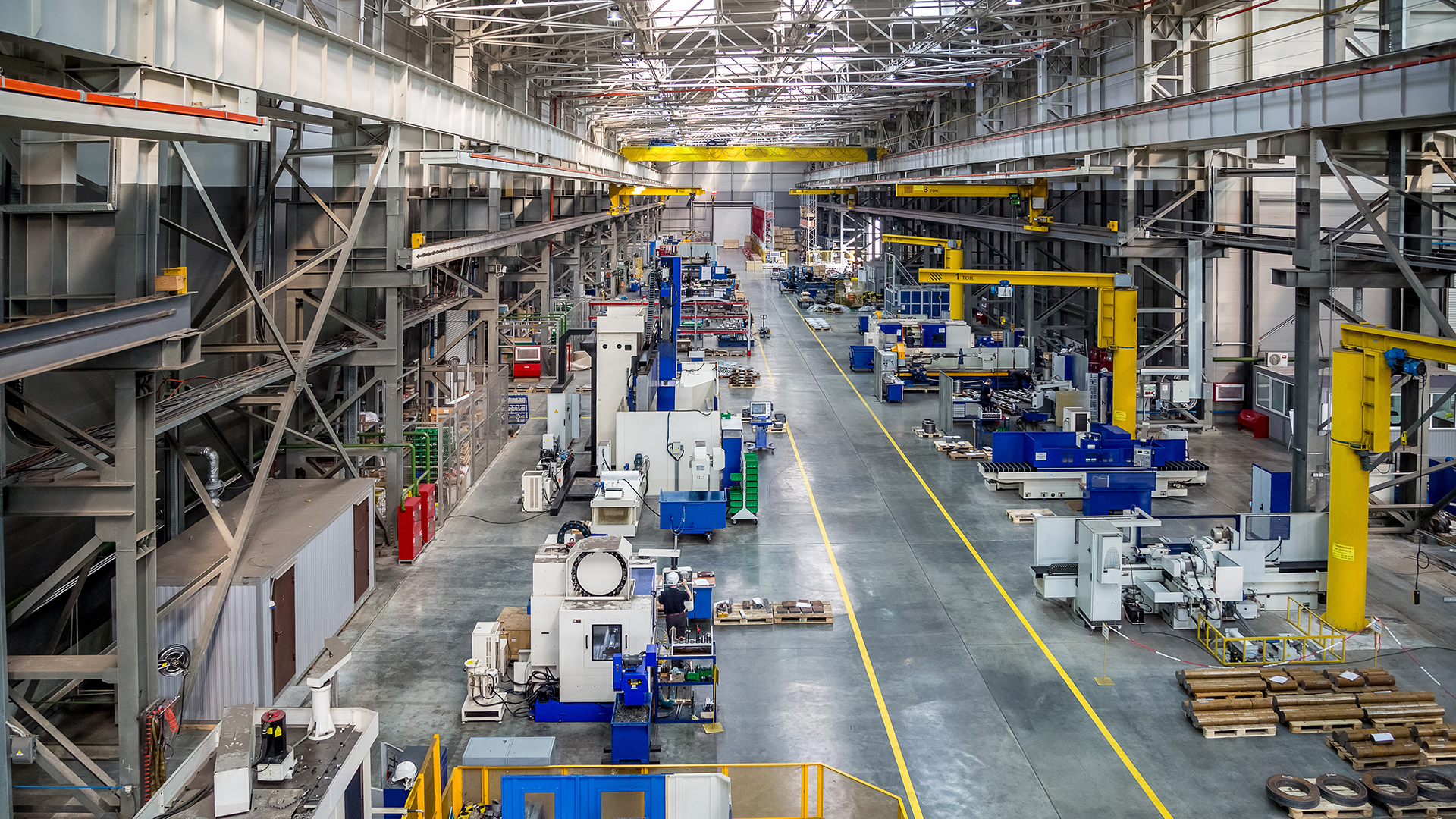A South American industrial company prepares for climate hazards
How a South American industrial company is exposing climate risk in each of its locations to reduce hazard vulnerability and increase climate resilience.

The challenge: understanding climate risk across eight countries
As global warming causes climate hazards to increase in frequency and severity, this South American industrial company needed to become more resilient. It recognised that protecting its sites from increasing hazards is a core-condition to keeping operational and ultimately staying in business.The company needed to better understand the potential impact of climate change in each of its 60 facility locations spread across eight countries in South and Middle America. And, as a New York Stock Exchange registered company, it also needed to be transparent about its climate risk to satisfy investors and regulators in the United States.
The company needed to know which types of hazards pose a threat to each location in the coming decades, helping its leaders better invest resources in protection for the sites that need it most – without wasting investment on those that don’t.
The solution: assessing risk across every location in a two-phased approach
At Royal HaskoningDHV, we analysed two different Intergovernmental Panel on Climate Change (IPCC) climate scenarios across separate time horizons, analysing five different climate induced primary natural hazards.As part of a range of deep-dive studies, we explored these potential changes across multiple facilities in a variety of locations in South and Middle America. And we provided non-climate change related insights to help the company understand the potential impact on its operational efficiency across its sites.
We took a two-phased approach. Initially, we used our climate resilience software to assess 18 different locations in one country before scaling across the entire continent. This included understanding the scope of hazards present in each location and those that weren’t a risk to certain sites, but could impact nearby roads and cities where the company’s employees live, indirectly disrupting operational continuity.
The result: an understanding of climate risk to optimise climate resilience investments
The resulting report from our deep-dive studies – along models and digital mapping – gave managers at the industrial company key insights into the potential positive and negative impacts of climate change on their organisation. It also created insight into vulnerabilities and exposure for all of the company’s sites.Through the two-phased approach, we have identified the top three natural hazards for each of the company’s locations, so it can use its resources more efficiently and focus them on appropriate adaptation measures.
With our multi-hazard data for past and potential future events, we could generate insight within hours rather than the months that it previously took. Also, non-climate related insights and recommendations will better position the company to improve its operational resilience to climate risk.
Assess your climate risks with Twinn
You may understand how your business impacts the climate. But do you understand how climate change impacts your processes and operations?Twinn’s free Climate Risk Quick Scan gives you actionable insights on how natural hazards and severe weather affect your organisation’s physical assets worldwide, today and in the future.
Want to know moreor got a question?
Contact our Climate Resilience experts!


